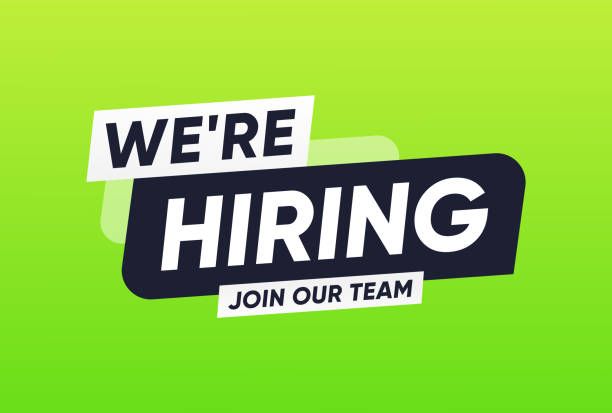7 Effective Ways To Streamline Your Hiring Process
Reading Time:
Reading Time:

Odds are you’re expending more resources than you need to on hiring. Of course, it’s often preferable to not have to dip into the market at all, which is where employee retention and development strategies come into play.
However, when new blood is needed, you can save resources by streamlining your hiring process.
Here I’ll take you through 7 ways to streamline your hiring process so you can save money and time.
Here’s what you can do to streamline your hiring process and make it more efficient:
Taking the time to create a hiring plan, while it may seem a bit time-intensive at the beginning, will pay dividends in the long run.
What I mean by this is taking the time to meet with business leaders to talk about the health of their team and how the business aims will impact what resources they’ll need.
From here you can prioritize the roles you’re hiring for based on factors such as current and future needs and what talent you already have available (could someone who’s interested in a career pivot be trained up?).
This way you’ll have a firm understanding of open roles, the resources you’re going to need, and everyone (*cough* hiring managers) will be aware of their commitments.
You’ll also be able to spot and mitigate hiring for duplicate roles.
Clear job descriptions sound like a simple solution (and they are), but companies sometimes provide too little or too much information.
The key to writing great job descriptions is to use simple, inclusive language and communicate two major aspects:
The quality of your job descriptions will directly impact the quality of your applicants, so taking a little time to craft them properly will make sifting through them all much easier and it will create more efficiencies further down the line.
You can even use ChatGPT to help.
Depending on your business and the types of candidate you’re looking for, certain candidate sourcing channels are going to work better than others.
To save time and money, track which channels are bringing in the best quality candidates and double down on those.
Interviews are make-or-break for the candidate experience and you want to ensure that they aren’t subject to more interviews than they need to (also saving time on the organizational side).
You also want to ensure the interviews are as focused and engaging as possible, ultimately saving time and resources on both ends. When conducting a hiring process for remote employees, use video interviewing software to make a face-to-face connection.
Lastly, you also want to make sure that any assessments the candidate might need to take aren’t too onerous on their end or the hiring teams who have to review them. Creating a standardized assessment you can alter for different applicants is an obvious hack here.
You can read more about how to achieve all this in our guide for focused and engaging interviews.
You can also introduce automation to help schedule interviews and ensure no-one is left waiting around or slips through the cracks.
Over 80% of recruiters agree that recruiting automation can help increase their productivity.
Automating repetitive tasks in the recruitment process can save you and your team a lot of time.
For example, background checks, adding job postings on job boards, and sending emails to qualified candidates can all be automated using recruitment automation software or background checking software.
Here are the parts of the recruitment process that you streamline through automation:
37.3% are passively open to new opportunities. Keeping candidates on file in a candidate database, even if they're not currently a fit, gives hiring managers a go-to source for filling open positions in the future.
You can also add feedback from candidates to your database to understand how you can improve the candidate experience.
Sync pre- and post-hire data with an HRIS (Human Resources Information System). HRIS helps generate reports that offer deep insights into referrals, requisitions, and other key metrics.
The next time you have an opening, skip time-consuming processes like posting job listings and pre-screening. Directly jump into your database and reach out to the best candidates.
The average cost of recruiting can go as high as 3x the position’s annual pay. A bad hire can cost you a ton of money, so hiring the ideal candidate is mission-critical.
Current employees are a great source for hiring new employees. Your employees might have professionals in their network looking for a career switch or upgrade.
Since your current employees understand the company culture, they can refer employees who are a cultural fit as well as qualified.
Companies often provide incentives like paid time off to encourage employees to refer high-quality candidates. This shortens the amount of time you need to invest in sourcing potential candidates.
By prioritizing potential over rigid qualifications, companies can access a broader talent pool and foster innovation. IceHrm can help streamline your hiring process.